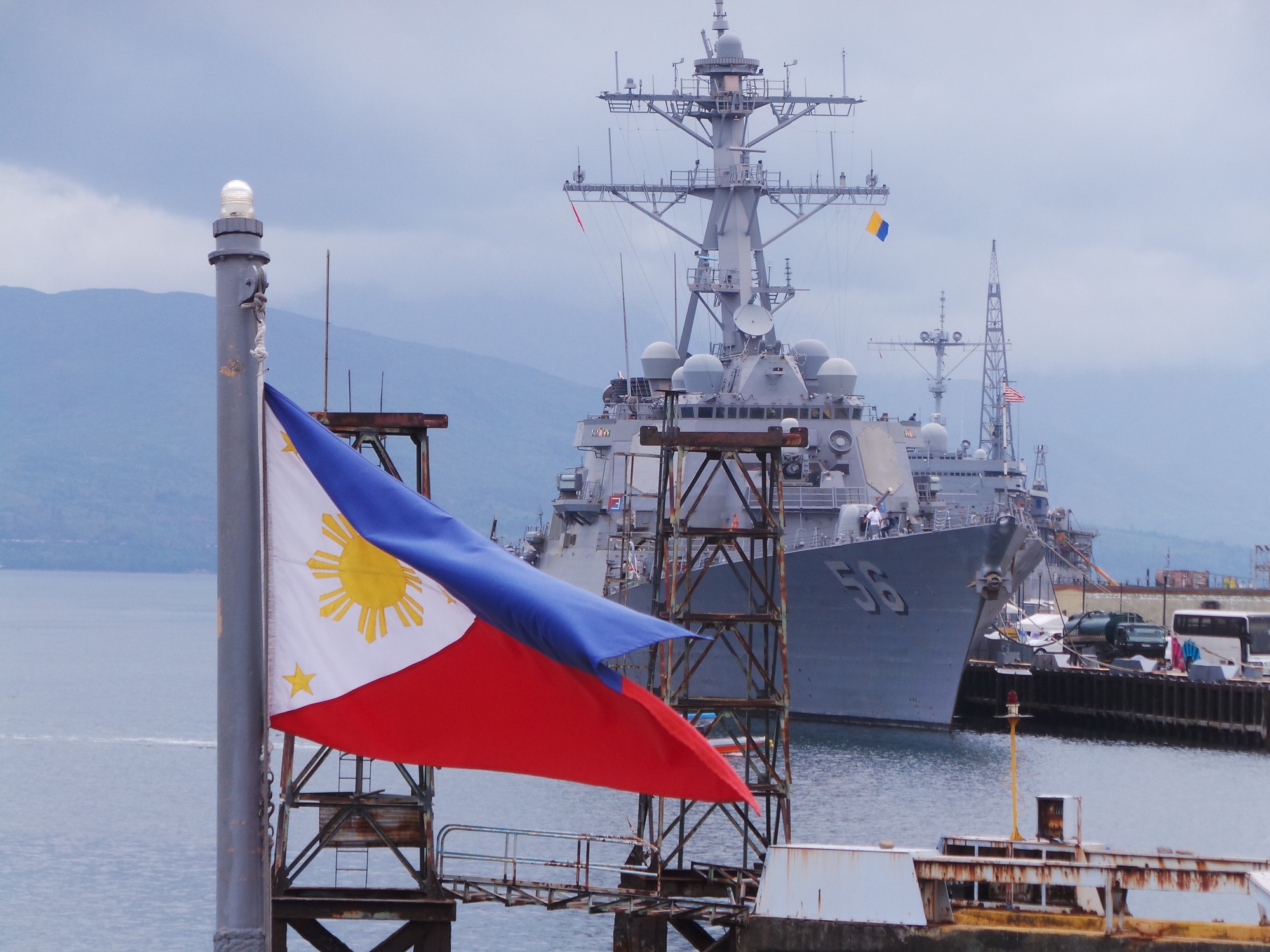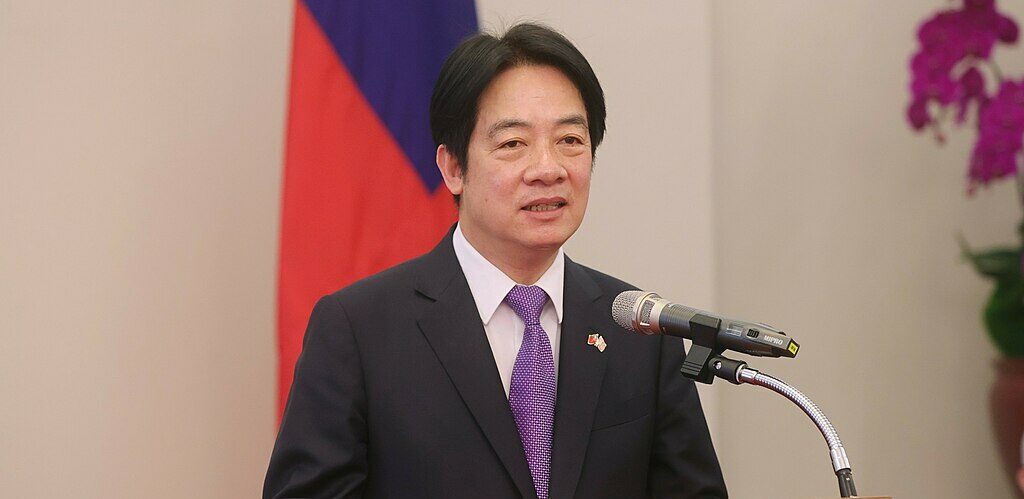Renewing Southeast Asia’s Conflict Management Capacity
RSIS
APLN Chair Marty Natalegawa wrote a commentary on Southeast Asia’s conflict management capacity and argued that it is pertinent to raise the question of why current efforts to address the situation in Myanmar and the South China Sea have not been invoked and fully utilised, and to urgently place diplomacy and dialogue front and centre.
Southeast Asia’s record in dealing with regional conflicts
Much like developments and dynamics external to the region, ASEAN cannot “opt-out” of these regional developments. They constitute litmus tests of ASEAN’s relevance and impact. A peaceful, stable and prosperous Southeast Asia – an ASEAN Community – will remain fragile and tenuous so long as these issues continue to fester unattended. This is precisely why ASEAN – decades past and despite detractors – chose not to shy away from managing the complex dynamics in Myanmar and South China Sea. Of course, much like the past, there are voices and views today that once again rein in ASEAN’s activism, with suggestions that ASEAN is not equipped to deal with such situations.
Yet, Southeast Asia possesses considerable body of state practice, formal as well as informal, and some more successful than others, on managing conflicts situations. The Jakarta Informal Meetings on the Cambodian conflicts in the late 1980s that enabled the attainment of the Comprehensive Cambodian Peace Agreement in 1991; the informal South China Sea Workshop process that paved the way for the formal ASEAN-China process on the South China Sea; the bilateral agreements between Indonesia and Malaysia and also between Malaysia and Singapore to refer their territorial disputes to the ICJ; the Philippines engagement of regional neighbours, Indonesia and Malaysia in particular, to assist in facilitating talks with the MNLF and MILF in the southern part of the country that led to peace agreements between all the sides; the on-and-off informal efforts to manage conditions in the southern Thailand; Indonesia’s deliberate efforts to include its neighbours to help observe the agreement with the so-called free Aceh movement in the Aceh province; Indonesia’s requests that its neighbours be part of the UN operations in East Timor post-separation; the decades-long bilateral management of the Malaysia-Philippines dispute over Sabah; the management of the border disputes between Cambodia and Thailand that nearly flared into open conflict in 2011; and the many years of adroit management of the complex dynamics in Myanmar that – until recent developments – helped ushered democratic change.
Clearly, there has not been a one-size-fits-all solution. Each of the situations cited above have had its own unique circumstances, and its management has involved deft combinations of approaches: national, bilateral, trilateral, regional, and indeed global, as well as formal and informal. Without doubt, however, the positive spirit ASEAN helped foster among Southeast Asian countries – the so-called ASEAN way or spirit – has been pivotal in helping promote conflict management, and not to allow issues to fester and potentially destabilise the region.
Indeed, at its most productive period of institution and capacity building – as part of ASEAN Community-building – ASEAN systematically build an impressive range of conflict management capacities. The Treaty of Amity and Cooperation in Southeast Asia (TAC), the ASEAN Charter, the ASEAN Regional Forum (ARF), the East Asia Summit (EAS), the ASEAN Institute for Peace and Reconciliation, the ASEAN Intergovernmental Commission for Human Rights, and scores of other ASEAN processes and commitments, suggest that ASEAN has impressive list of toolkits to deal with a wide range of conflict situations. All derived and build on the region’s extensive experience.
Conclusion
In short, the wherewithal exists for sustained efforts to address the situation in Myanmar and the South China Sea. It is pertinent to raise the question why these have not been invoked and fully utilised, and to urgently place diplomacy and dialogue front and centre.
Past cases certainly indicate that a sine qua non for common regional efforts is highest political engagement by the leadership of the region. As the situation in Myanmar and the South China Sea festers, there is a case for renewed political impetus. That more of the same, a business-as-usual mindset, may not only seriously impair ASEAN’s reputation to effectively manage the region’s affairs, rather may also threaten the many decades of peace and stability that the region has enjoyed. ASEAN is called upon to actively seize the moment and deftly apply the myriad experiences the region possesses to manage the conflicts before it.
The full article can be accessed here.




